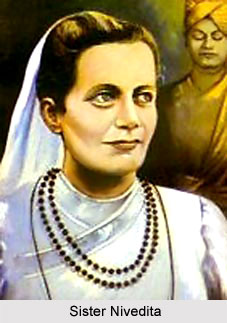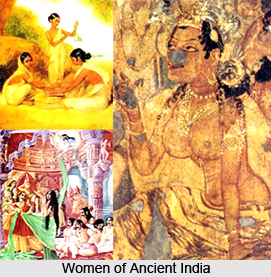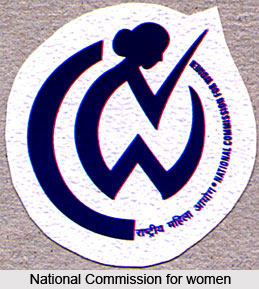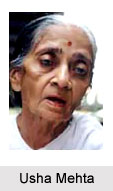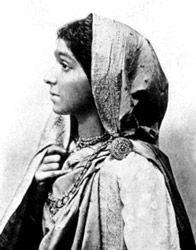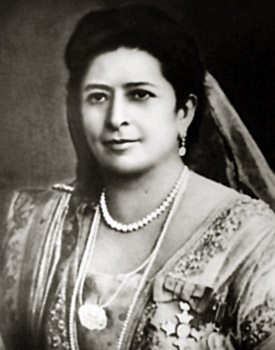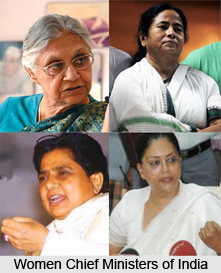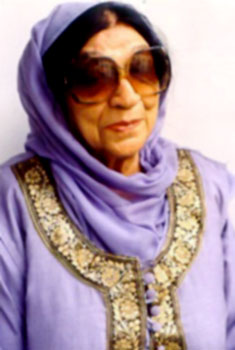Emergence of Women"s Organisations in India was in keeping with the spread of education among the women and the various reform movements that were being carried out for women"s rights. The educational experiments of the late 19th and early 20th century produced a "new woman" with interests that went beyond the household. For the first time in India`s history women began to communicate with women outside their families and local communities. It was this increased communication which brought about awareness among women regarding their rights and responsibilities and the consequent formation of organisations for their purpose.
Role of Education on Indian Women
Education and the rise of different women" schools and colleges was a great factor which facilitated the coming together and increased awareness among women. On one hand, there was a small group of women who shared English as a common language. This made possible communication across language barriers. On the other hand, there were growing numbers of women literate in the vernaculars which enabled them to learn about women"s issues in the society. Both these groups of women, encouraged by their male guardians to move with the times they joined new clubs and associations formed for women.
Various Women"s Organisations in India
From small local clubs and women"s auxiliaries of the Indian National Congress and the National Social Conference came a variety of organizations and associations that reflected women"s concerns. By the eve of Independence in 1947, a coalition of National Women"s Organizations could rightfully claim it was the second most representative body in India.
Women"s associations, called by various titles, sprang up all over India in the late 19th and early 20th century. Most were geographically limited but they shared the goal of bringing women together to discuss women"s issues. The first organizations for women were begun by men who belonged to the new religious reform associations. In Bengal, Keshab Chandra Sen, the leader of the Brahmo Samaj, developed educational programs and a women`s journal. The Prarthana Samaj did similar work in Mumbai. G. R. Bandavarkar, Narayan Ganesh Chandavarker and Mahadev Govind Ranade were concerned with social reform, principally improving women"s status. When Pandita Ramabai Saraswati arrived in western India in 1882, Justice Ranade and his friends helped her set up the "Arya Mahila Samaj" for the general uplift and enlightenment of women. The Arya Mahila Samaj imagined the ideal woman as an efficient housewife, entering the public world to help during emergencies such as floods, famines and plagues.
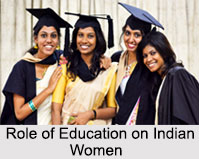 Women also met in the women"s auxiliaries of general reform associations. The most notable of these was the "Bharat Mahila Parishad" of the National Social Conference which was inaugurated in 1905.
Within the Parsi community, the major organization for women"s social work, the "Stri Zarthosti Mandal" emerged from plague-relief work done by the family of Mr. Naoroji Patuck. Deeply touched by the hardships suffered by women, Mr. Patuck set up a work class in his home. By 1903 there were over 50 women enrolled and his family decided to ask other women to join them in forming an organization. The organization expanded its agenda to include medical care and education. Equally important, the organization served as a training ground for women who became active in a wide range of activities and organizations in the 1920s and 1930s.
Women also met in the women"s auxiliaries of general reform associations. The most notable of these was the "Bharat Mahila Parishad" of the National Social Conference which was inaugurated in 1905.
Within the Parsi community, the major organization for women"s social work, the "Stri Zarthosti Mandal" emerged from plague-relief work done by the family of Mr. Naoroji Patuck. Deeply touched by the hardships suffered by women, Mr. Patuck set up a work class in his home. By 1903 there were over 50 women enrolled and his family decided to ask other women to join them in forming an organization. The organization expanded its agenda to include medical care and education. Equally important, the organization served as a training ground for women who became active in a wide range of activities and organizations in the 1920s and 1930s.
Saraladevi Chaudhurani, critical of the women"s meetings held in conjunction with the Indian National Social Conference, called for a permanent association of Indian women. Women responded favourably and Saraladevi began planning the first meeting. Saraladevi"s organization, the "Bharat Stree Mahamandal" had its first meeting in Allahabad in 1910. The organization planned to open branches in all parts of India to promote women education. It developed branches in Allahabad, Delhi, Amritsar, Hyderabad, Kanpur, Bankura, Hazaribagh, Midnapore and Kolkata to bring together women all over, irrespective of race, creed, class and party, on the basis of their common interest in the moral and material progress of the women of India. The leaders of the organisation regarded purdah as the main stumbling block to popular acceptance of women education. To get around this practice, they would send teachers into the homes to teach reading, writing, music, sewing and embroidery.
Thus, these organizations became the medium for the expression of women"s opinion. At the same time they were a training ground for women who would later take up leadership roles in politics and social institutions.
